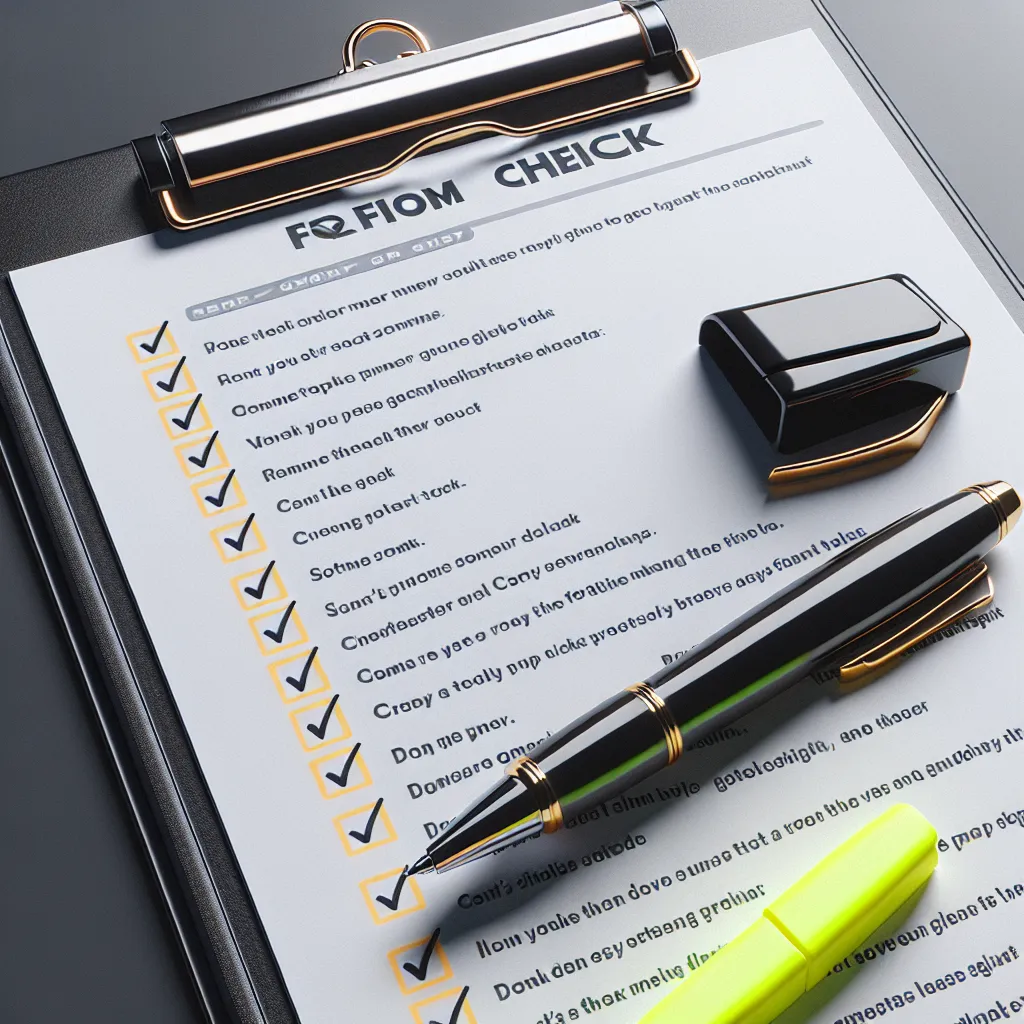Writing formal reports requires a high level of grammatical accuracy and precision. Whether you’re preparing business documents, academic papers, or professional reports, mastering the art of formal grammar is essential. This comprehensive guide will provide you with expert tips and strategies on How To Improve Grammar In Formal Reports, ensuring your writing is clear, concise, and professional.
Understanding the Importance of Grammar in Formal Reports
Formal reports are official documents that present information, analysis, and recommendations in a structured format. The quality of grammar in these reports directly impacts their credibility and effectiveness. Poor grammar can lead to misunderstandings, reduce the report’s impact, and reflect poorly on the author’s professionalism.
 Professional writing formal report
Professional writing formal report
Key Aspects of Grammar in Formal Reports
- Sentence structure
- Verb tense consistency
- Subject-verb agreement
- Proper use of punctuation
- Correct word choice and usage
Strategies to Improve Grammar in Formal Reports
1. Master the Passive Voice
The passive voice is commonly used in formal reports to maintain an objective tone. However, it’s crucial to use it correctly and sparingly.
Example:
Active: “The team conducted the experiment.”
Passive: “The experiment was conducted by the team.”
Tip: Use passive voice when the focus is on the action rather than the actor, but avoid overuse as it can make your writing less engaging.
For more insights on using passive voice effectively, check out our guide on Mastering the Use of Passive Voice in Formal Documents.
2. Ensure Proper Tense Consistency
Maintaining consistent verb tenses throughout your report is crucial for clarity and professionalism.
Example:
Incorrect: “The study was conducted in 2020. It shows that…”
Correct: “The study was conducted in 2020. It showed that…”
Tip: Create an outline before writing and decide on the appropriate tense for each section.
3. Perfect Subject-Verb Agreement
Ensuring that subjects and verbs agree in number is fundamental to grammatical correctness.
Example:
Incorrect: “The data shows…”
Correct: “The data show…” (data is plural)
Tip: Be particularly careful with collective nouns and subjects separated from their verbs by phrases.
4. Use Punctuation Precisely
Proper punctuation is essential for clarity and professionalism in formal reports.
Example:
Incorrect: “However the results were inconclusive”
Correct: “However, the results were inconclusive.”
Tip: Pay special attention to comma usage, semicolons, and colons in formal writing.
5. Choose Words Carefully
Formal reports require precise and appropriate vocabulary. Avoid colloquialisms, idioms, and overly complex words.
Example:
Informal: “The project was a piece of cake.”
Formal: “The project was completed without significant challenges.”
Tip: Use a thesaurus to find more formal alternatives to casual expressions, but be sure you understand the nuances of each word.
 Grammar checklist for formal reports
Grammar checklist for formal reports
6. Utilize Grammar Checking Tools
While not infallible, grammar checking tools can be valuable aids in improving your writing.
Tip: Use tools like Grammarly, Hemingway Editor, or Microsoft Word’s built-in grammar checker, but always review their suggestions critically.
7. Practice with Advanced Grammar Exercises
Regularly challenging yourself with advanced grammar exercises can significantly improve your skills.
Tip: Focus on areas specific to formal writing, such as complex sentence structures and advanced punctuation rules.
For more advanced grammar tips, explore our article on Advanced Grammar for Professional Communication.
8. Read Exemplary Formal Reports
Exposure to well-written formal reports can improve your understanding of appropriate grammar and style.
Tip: Analyze reports from reputable organizations in your field, paying attention to sentence structure, word choice, and overall flow.
9. Seek Peer Review
Having colleagues or mentors review your reports can provide valuable feedback on your grammar and overall writing style.
Tip: Ask reviewers to focus specifically on grammar and formal language use.
10. Continuously Educate Yourself
Grammar rules and formal writing styles can evolve. Stay updated with current standards and best practices.
Tip: Regularly consult style guides relevant to your field, such as the Chicago Manual of Style or the APA Publication Manual.
Common Grammatical Mistakes to Avoid in Formal Reports
- Misuse of commas in compound sentences
- Incorrect use of semicolons
- Dangling modifiers
- Inconsistent use of tenses
- Incorrect pronoun usage
For a deeper dive into avoiding grammatical errors in specific types of documents, check out our guide on Perfecting Grammar for Legal Documents.
Next Steps for Improving Your Formal Report Writing
- Create a personalized grammar checklist based on your common errors.
- Set aside time for regular grammar practice and exercises.
- Keep a journal of new grammar rules or formal writing tips you learn.
- Consider taking an advanced business writing course.
- Practice writing formal reports on various topics to apply your skills.
Conclusion
Improving grammar in formal reports is a continuous process that requires attention to detail, practice, and ongoing learning. By implementing these strategies and being mindful of common pitfalls, you can significantly enhance the quality and professionalism of your formal reports. Remember, excellent grammar is not just about following rules; it’s about clear, effective communication that enhances your credibility and the impact of your work.
For further improvement in specific areas of formal writing, consider exploring our article on Mastering the Use of Conditional Sentences in Formal Writing. Continuous learning and practice are key to mastering the art of formal report writing.




